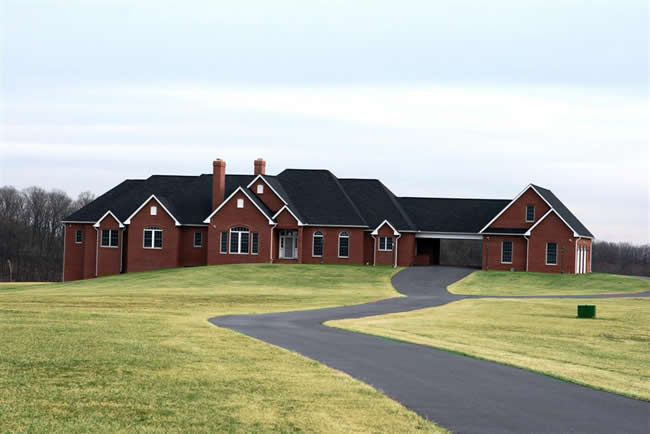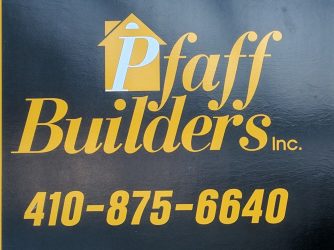Pfaff Builders offers you the opportunity to build a “green” home so you can…
- Conserve energy (and reduce energy costs),
- Improve indoor air quality,
- Reduce your home’s ecological footprint (impact) on the environment
- Save money
“Green” homes are better-designed homes. They are energy-efficient, high performance homes. In fact, it’s cheaper to own the green, better-designed home from the day you move in. Pfaff Builders offers the following “green” characteristics to improve the performance of your home:
- Expanded foam insulation
- Radiant, reflective roofing
- Housewrap to create a tighter envelope
- Decreased drainage and grading costs due to the maximization of the homesite’s natural topography
- Tankless water heaters and geothermal heat pumps
- Air exchangers
All of these features can add up to significantly lower energy bills.
Pfaff Builders also integrates environmentally-friendly practices into its building process. Pfaff can recommend and implement strategies for sustainable site development, water savings, energy efficiency, materials selection, and indoor environmental quality.
Below are some “green” building strategies to consider in your project.
Home Site and Land Use: The location of the home and how the land is developed has a significant environmental, financial, and social impact.
Landscape Conservation and Storm Water Management:Construction can disturb the landscape and cause erosion, but several activities can help protect the landscape:
- Save and reuse all site topsoil.
- Protect trees and other natural features during construction.
- Chip and reuse site-cleared wood and brush as mulch.
- Re-plant or donate live trees from the site.
- Plant grass that requires less water, such as fescue.
Energy Efficiency: Reducing energy consumption helps protect the environment, but also saves you money. Some examples include:
- Situate garage between house and prevailing winter winds
- Install Energy Star windows
- Use Energy Star appliances and light fixtures
- Install on-demand hot water delivery system or solar hot water heating supplies
- Install solar tubes or glass blocks for interior light
Building Materials: Using engineered, locally-produced, recycled, and/or salvaged materials help reduce the environmental impact of construction and can also reduce the homeowner’s costs:
- Use salvaged or regionally produced (within 500 miles) masonry and stone
- Use reusable foundation forms, such as metal instead of wood
- Use wood from sustainably-managed forests
- Use natural insulation (cotton, bio-based foam)
- Use recycled roofing material
- Use interior bamboo flooring
Indoor Air Quality: Indoor air quality has a huge impact on health. Building materials, such as paints and binders, often release fumes, triggering asthma, allergies, or other reactions. To improve air quality:
- Use non-toxic cleaners
- Ventilate the building after each finish application
- Use water-based paints and finishes or low VOC (volatile organic compounds) paints and finishes on walls, floors, and other interior surfaces
- Install a de-humidification system for the entire house
- Physically separate the garage from the house
Water Conservation and Plumbing: Reducing water consumption is an important part of “going green.” To conserve water:
- Use front loading, horizontal-axis clothes washer
- Use a composting toilet
- Use only one shower head per shower.
- Use rainwater for watering lawn and toilet flushing
Waste Recycling, Reduction, and Disposal: Construction can create a significant amount of waste. To reduce construction waste:
- Disassemble existing buildings and reuse or recycle the building materials
- Obtain products from suppliers that use packaging that has been recycled or reused
- Recycle cardboard, wood, metal, brick, block, and other building materials
- Install recycling and kitchen scrap compost bins

